1 Outline
1.1 Preface
1.2 Function Outline
1.3 MotoPlus Specification
1.4 Specific Data Type for MotoPlus
1.5 Notes
2 Task
2.1 Multitasking
2.2 State Transitions of Task
2.3 Task Scheduling Method
2.4 Management of Ready-Queue
2.5 Application Task Control
2.6 Processing Time Measurement
2.7 Limit on Protection Regarding Task Control
2.7.1 Limit on Number of Files Which User Can Load
2.7.2 Limit on Memory Size
2.7.3 Limit on Task Start-up
2.7.4 Function to Check Execution Status of Man-Machine Task
2.8 List of Task Control API
3 User Watchdog
3.1 Function Outline
3.2 Usage Outline
3.3 User Watchdog API List
4 Ethernet Communications
4.1 Socket
4.2 Client Server Model
4.3 UDP Communication
4.4 TCP Communication
4.5 List of Socket Library Functions
4.6 Operation of Structure and IP Address
4.6.1 Sockaddr Structure
4.6.2 Sockaddr_in Structure
4.6.3 Function for IP Address Operation
4.7 About Byte Order
4.8 Flow of Socket Library System Call
4.8.1 Flow of Socket Library System Call with UDP
4.8.2 Flow of Socket Library System Call with TCP
4.9 Note for Ethernet Programming
5 Data Transmission with Programming Pendant
6 RS232C Communication Control
7 Event Control
7.1 Task Creation
7.2 Event Notification
8 Robot System Control
8.1 System Information
8.2 Variables
8.3 I/O
8.4 Robot Operation
8.5 System Monitor API List
8.6 System Control API List
9 Sensor Control
9.1 Outline of Provided Functions
9.1.1 Path Correction Function
9.1.2 Interpolation-Motion Forced Change Function
9.1.3 Speed Override Function
9.1.4 Increment Value Move Function
9.2 Outline of Operation
9.3 Timing of Path Correction Process
9.4 Details of Giving and Receiving Command and Changing Operating Conditions by SKILLSND (Including Path Correction)
9.5 Sensor Control API List
10 Robot Operation Control Service
10.1 Increment Value Move Function
10.2 Robot Operation Control API List
11 Servo Control
11.1 Function Outline
11.1.1 Feedback Speed/Torque Retrieve Function
11.1.2 Torque Limit Function/Torque Control Function
11.2 Example of Usage
11.2.1 Detecting Workpiece Position
11.2.2 Holding Workpiece with Unknown Size
11.3 Servo Control API List
12 Memory Pool Control
12.1 Memory Pool Control API List
13 File Control
13.1 Rules for File Name and Size
13.2 Rules for USB Drive and USB Memory Stick
13.3 Access Right When Opening a File
13.4 Available Task Priority
13.5 File Control API List
14 Existing File Control
14.1 Existing File Access API List
15 Programming
15.1 Rules
15.2 C Coding Rules
15.3 Program Execution
15.4 MotoPlus Coding Rules
15.5 Restrictions on Programming
15.5.1 Usable ANSI-C Standard Functions
15.5.2 Task Priority and Usable API
15.6 Note for Programming
15.7 Phenomena during Debugging, Potential Coding Problems, and Examination Methods
15.7.1 Programming Pendant Display Freezes with “Starting up system Start Online Process”, and DX200 Does Not Start
15.7.2 MotoPlus Application Is Seemingly Not Running
15.7.3 Alarm 4479: “MOTOPLUS MM TASK WATCHDOG ERROR” Occurs
15.7.4 Programming Pendant Display or Key Response Is Slow
15.7.5 Programming Pendant Communication Error Occurs and Servo Power of DX200 Turns Off (Hang-up Status)
16 Sample Programs
16.1 Outline of Sample Programs
16.2 Display of Hello World
16.3 Task Control Sample Program
16.4 User Watchdog Sample Program
16.5 Ethernet Sample Programs
16.5.1 Preparations
16.5.2 UDP Server Sample Programs (DX200 Side)
16.5.3 UDP Client Sample Program (Windows PC Side)
16.5.4 TCP Server Sample Programs (DX200 Side)
16.5.5 TCP Client Sample Program (Windows PC Side)
16.6 Robot System Monitor Samples and Control Programs
16.6.1 Variables, I/O Access Sample Program
16.6.2 User Variable Access Sample Program
16.7 Serial Communication (RS232C)
16.7.1 Preparations
16.7.2 Operation Check
16.7.3 Sample Code
16.8 Sensor Control Sample Program
16.9 Servo Control Sample Program
16.10 File Control Sample Program
16.10.1 Operation Check
16.10.2 Sample Program
16.11 Existing File Access Sample Program
16.11.1 Preparation
16.11.2 Operation Check
16.11.3 Sample Program
16.12 Coordinate Coversion Sample Program
17 Alarm List
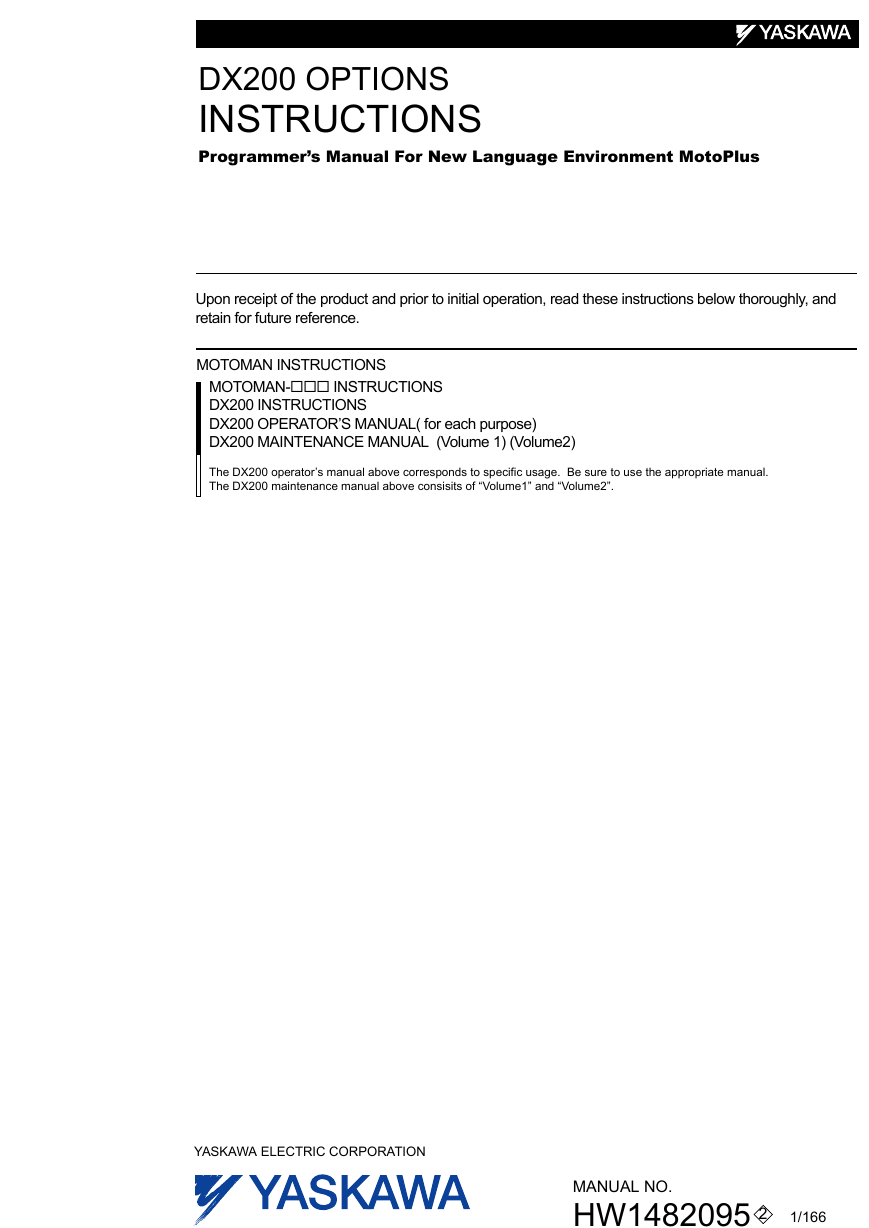
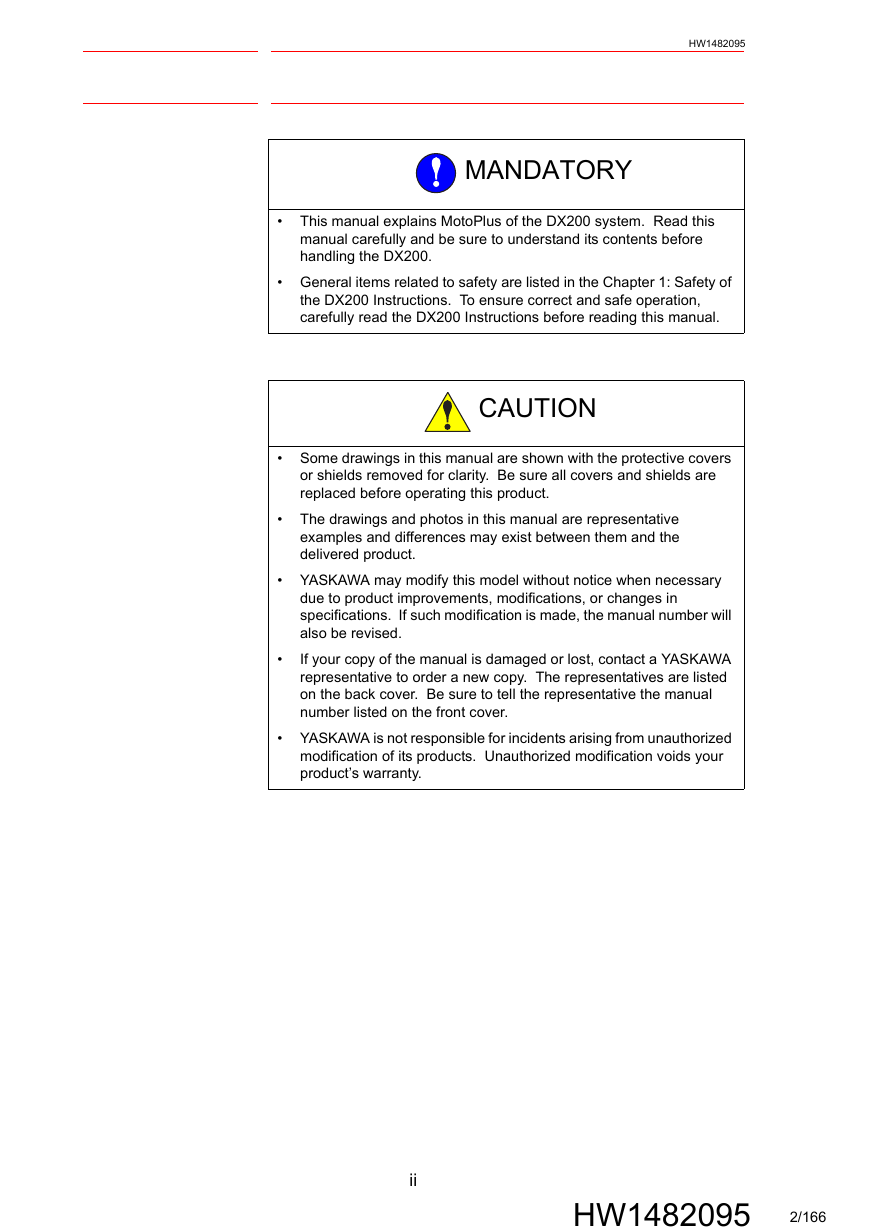
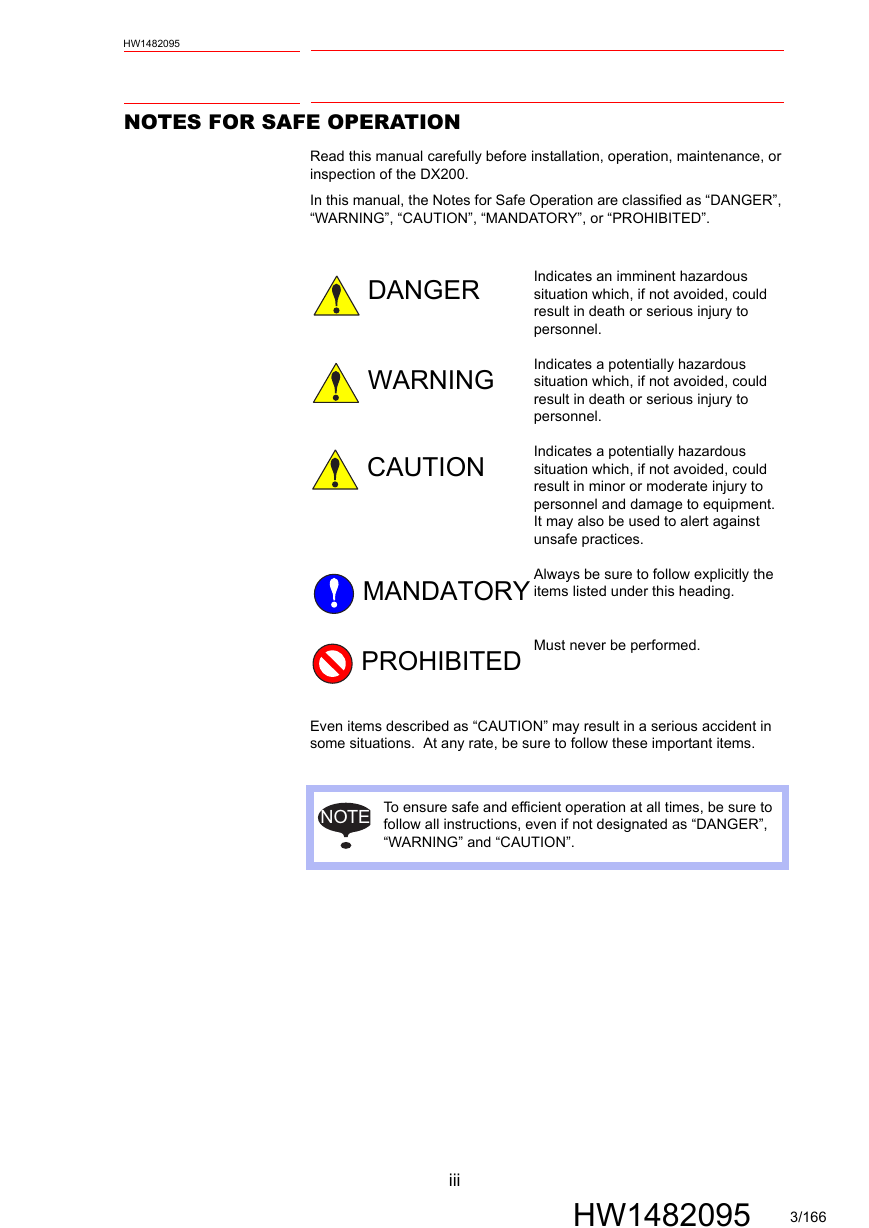
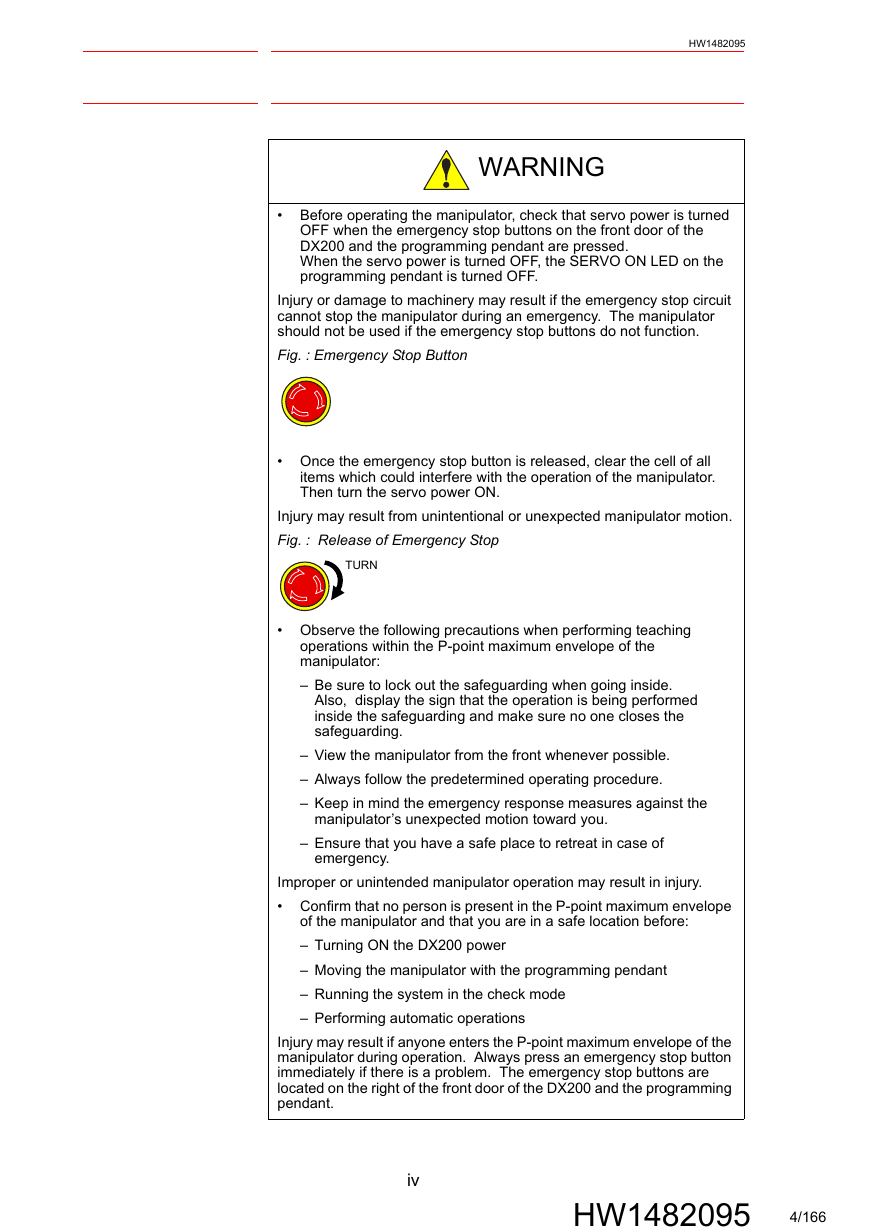
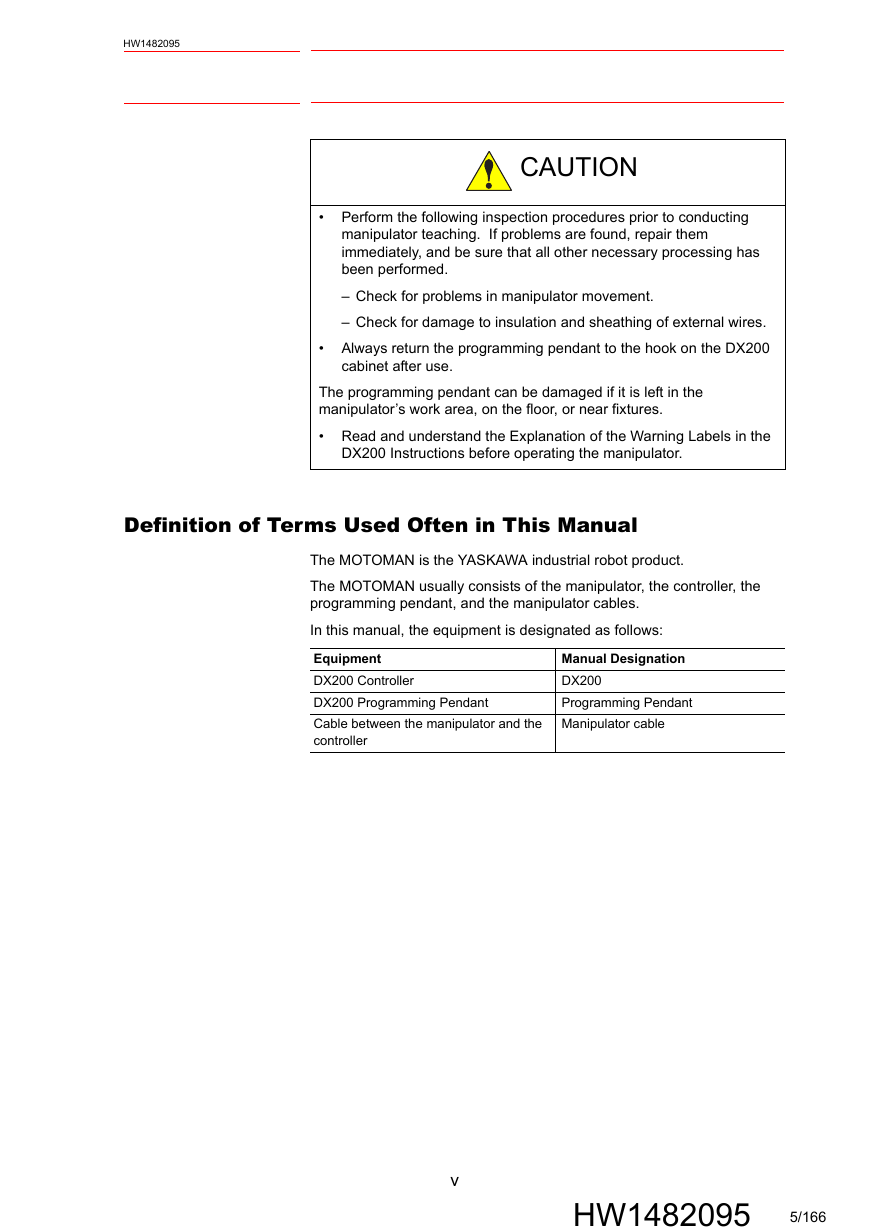
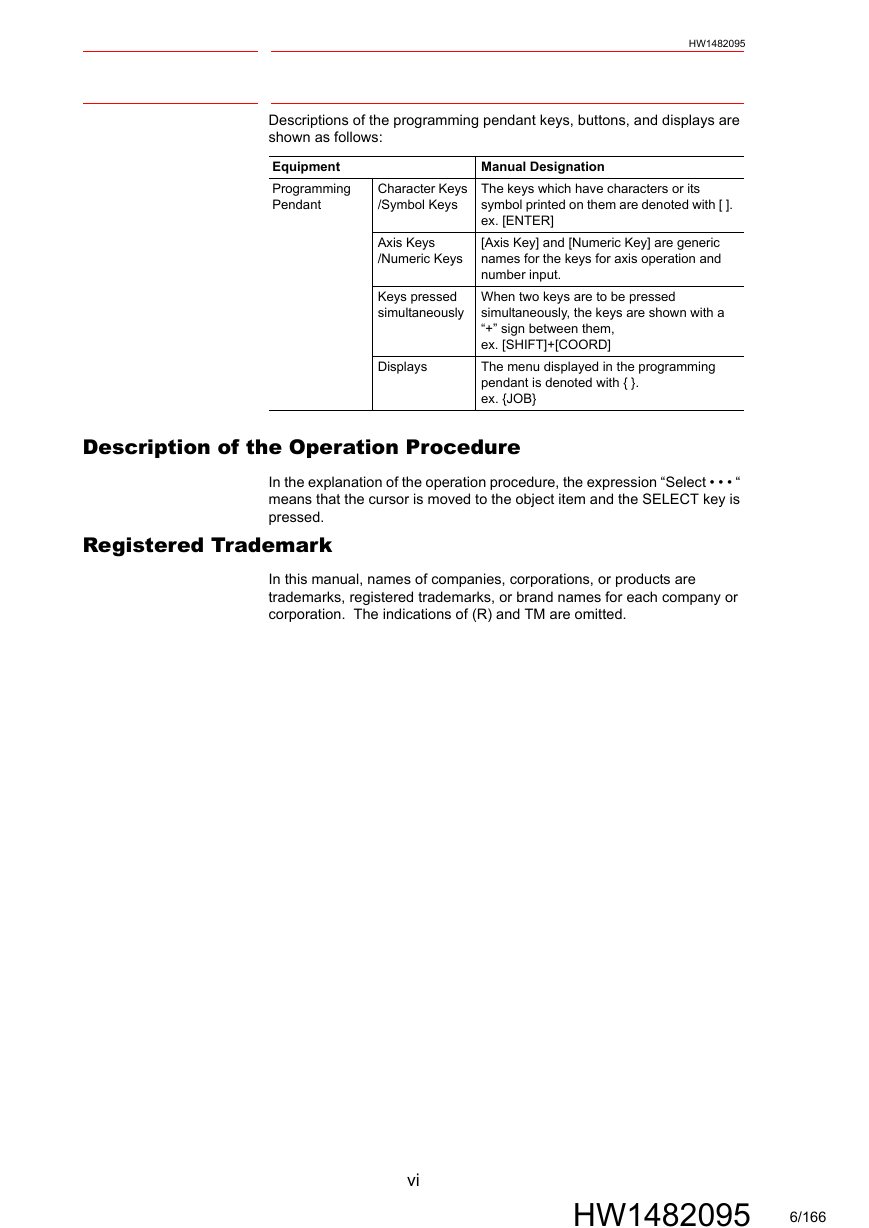
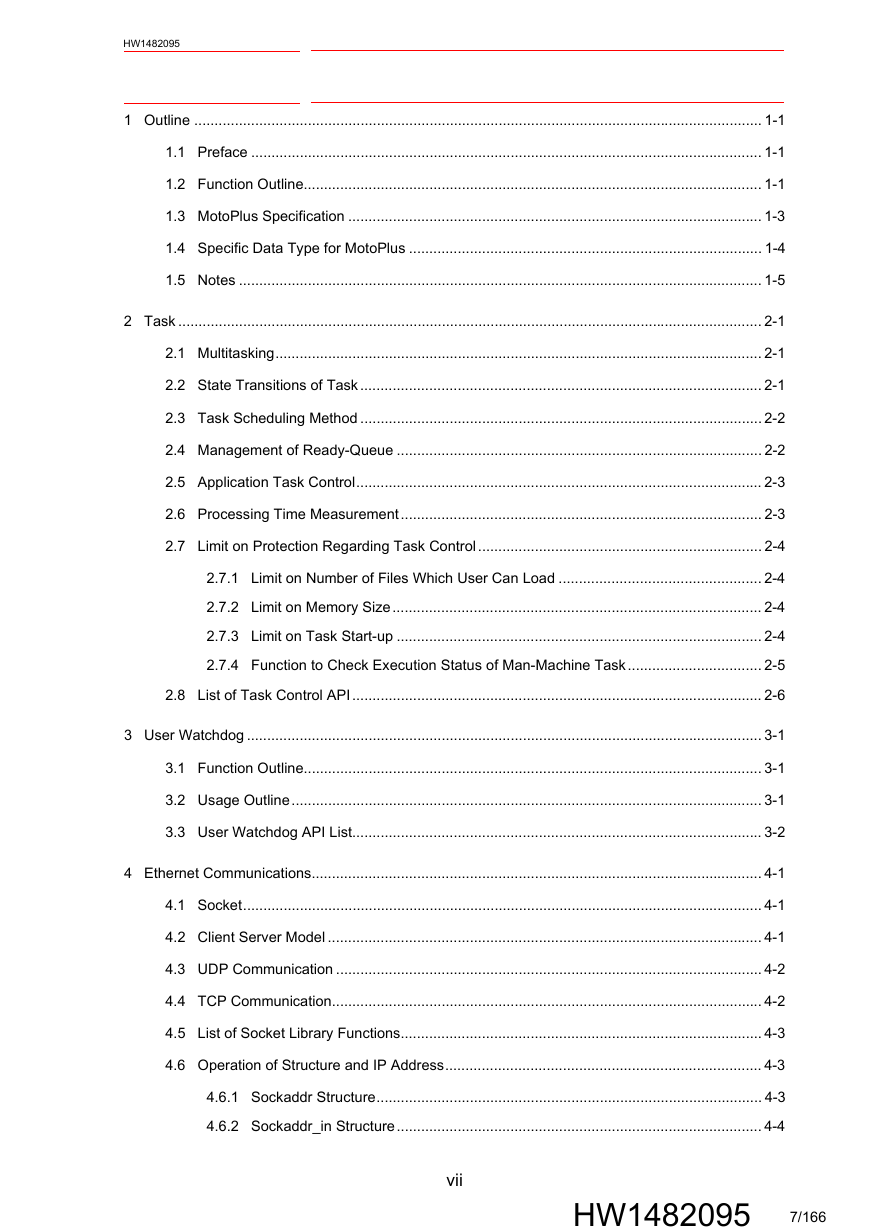
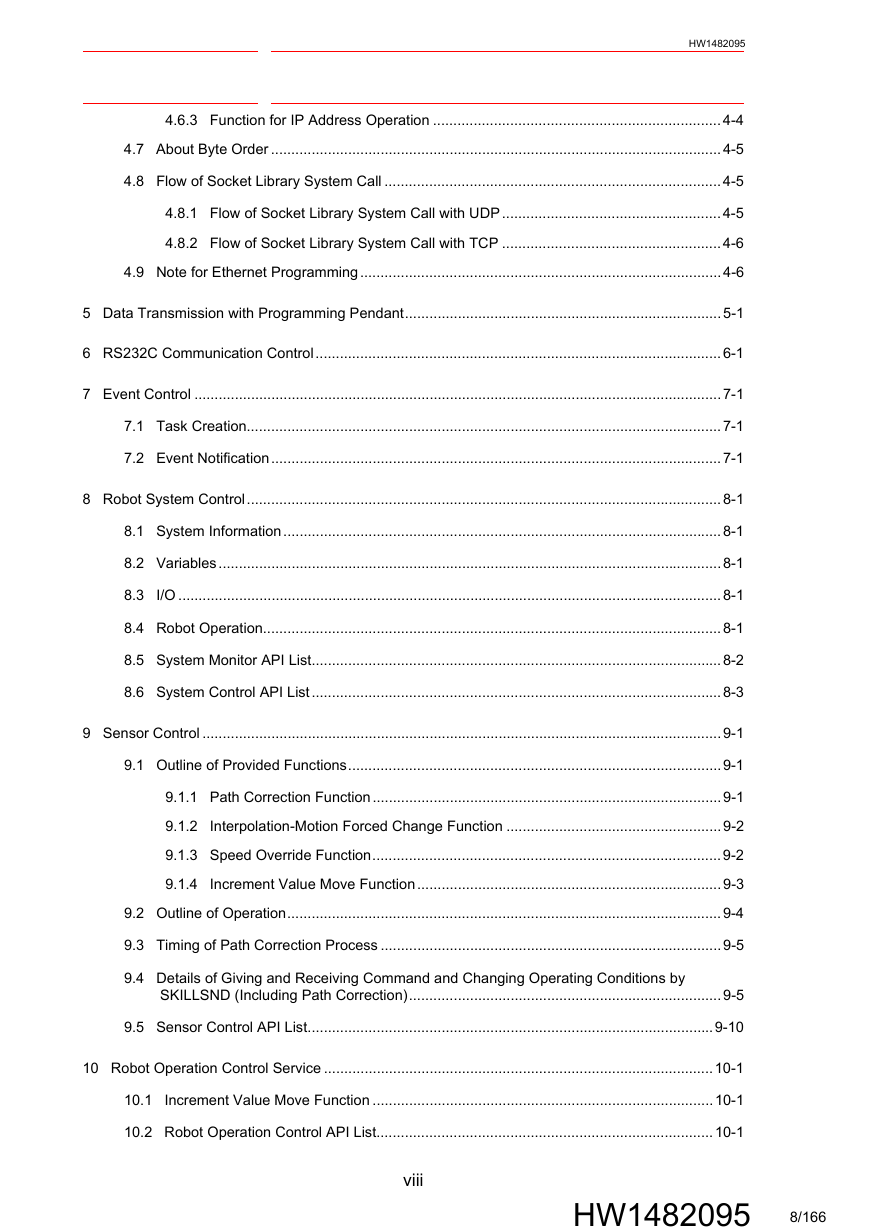








 2023年江西萍乡中考道德与法治真题及答案.doc
2023年江西萍乡中考道德与法治真题及答案.doc 2012年重庆南川中考生物真题及答案.doc
2012年重庆南川中考生物真题及答案.doc 2013年江西师范大学地理学综合及文艺理论基础考研真题.doc
2013年江西师范大学地理学综合及文艺理论基础考研真题.doc 2020年四川甘孜小升初语文真题及答案I卷.doc
2020年四川甘孜小升初语文真题及答案I卷.doc 2020年注册岩土工程师专业基础考试真题及答案.doc
2020年注册岩土工程师专业基础考试真题及答案.doc 2023-2024学年福建省厦门市九年级上学期数学月考试题及答案.doc
2023-2024学年福建省厦门市九年级上学期数学月考试题及答案.doc 2021-2022学年辽宁省沈阳市大东区九年级上学期语文期末试题及答案.doc
2021-2022学年辽宁省沈阳市大东区九年级上学期语文期末试题及答案.doc 2022-2023学年北京东城区初三第一学期物理期末试卷及答案.doc
2022-2023学年北京东城区初三第一学期物理期末试卷及答案.doc 2018上半年江西教师资格初中地理学科知识与教学能力真题及答案.doc
2018上半年江西教师资格初中地理学科知识与教学能力真题及答案.doc 2012年河北国家公务员申论考试真题及答案-省级.doc
2012年河北国家公务员申论考试真题及答案-省级.doc 2020-2021学年江苏省扬州市江都区邵樊片九年级上学期数学第一次质量检测试题及答案.doc
2020-2021学年江苏省扬州市江都区邵樊片九年级上学期数学第一次质量检测试题及答案.doc 2022下半年黑龙江教师资格证中学综合素质真题及答案.doc
2022下半年黑龙江教师资格证中学综合素质真题及答案.doc